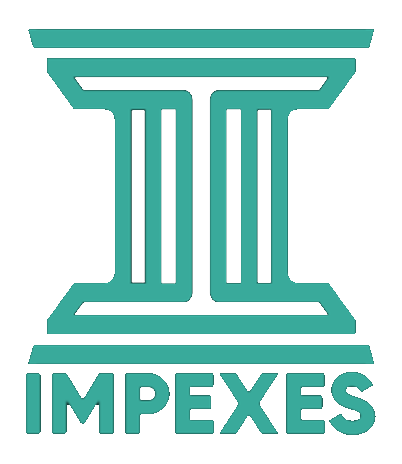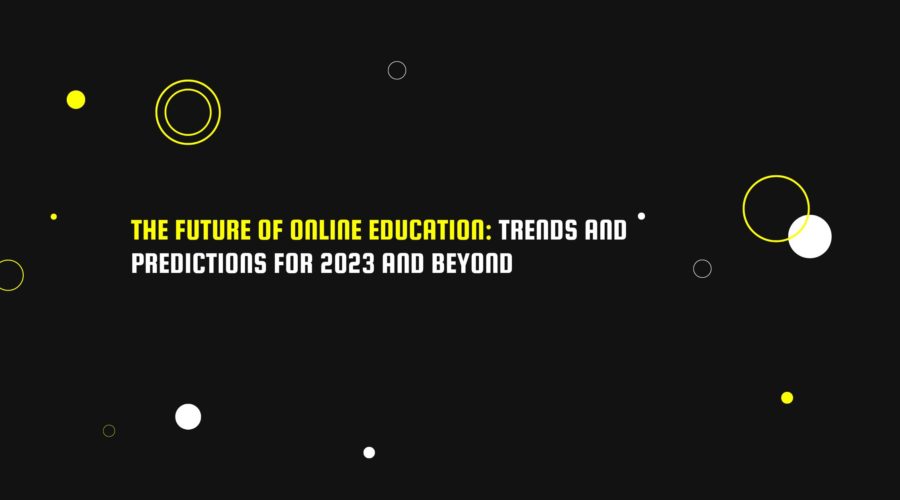The COVID-19 pandemic has fundamentally changed the educational system, forcing colleges and universities to switch to online education almost immediately. This change has brought about new difficulties and possibilities for teachers and students alike, and it has accelerated the use of technology in education. Furthermore, it also comes with new challenges for students which compel them to search for someone who can take my online class for me.
However, with the rise of online education, we cannot neglect the fact that it has a great future ahead. Furthermore, with so many exciting trends and industry forecasts, the future of online education appears bright as we move forward. In this article, we will explore the trends and expectations for online learning in the years to come, especially in 2023 and beyond.
- Increased Personalization and Adaptive Learning
One of the key advantages of online learning is its ability to offer personalized learning experiences. Online education platforms can analyze data on student behavior and performance and modify the course material and method of delivery to suit each student’s individual requirements and preferences. Future adaptive learning will likely take on more personalized forms that can even forecast learners’ requirements and make tailored recommendations.
- Blended Learning and Hybrid Models
While the pandemic has demonstrated the effectiveness of online learning, many instructors and students have also come to appreciate the value of face-to-face interactions and practical experiences. As a consequence, more blended learning models that combine online and in-person instruction are likely to emerge. By enabling students to obtain course material online and take part in interactive and collaborative activities in person, these models will give them the best of both worlds.
- Gamification and Immersive Learning
Gamification and interactive learning methods are already becoming more and more common in online education, and this trend will continue. Learners will be able to interact with course material in a more interactive and immersive manner with the help of virtual and augmented reality technologies, enhancing the learning process and making it more memorable. Leaderboards, badges, and rewards are just a few of the gamification tools that will be used to encourage students and monitor their development.
- Microlearning and Bite-Sized Content
Online education platforms must change to accommodate students’ decreasing attention spans by providing more bite-sized, readily digestible content. Microlearning, which involves delivering content in small, focused bursts, will become increasingly popular, allowing learners to quickly acquire new skills and knowledge without feeling overwhelmed. To create a more thorough and individualized learning experience, microlearning will also be used in conjunction with other teaching strategies like gamification and flexible learning.
- More Collaboration and Social Learning
Although online learning can sometimes feel isolating, this will change as collaboration and social learning become more valued in the future. To motivate students to connect and work together on projects, online education platforms will include more social features like discussion forums, chat rooms, and virtual study groups. Additionally, social learning will be combined with other teaching strategies to create a more comprehensive and interesting learning environment. Plus, with social learning, students can pay someone to take my math class as well.
- Continued Importance of Soft Skills
The value of soft skills like critical thinking, problem-solving, and communication will only grow as automation and artificial intelligence continue to change the workforce. Since these skills cannot be easily automated, online education platforms will need to adjust by providing classes and programs that concentrate on their development. All educational stages, from K–12 to higher education and continuing education, will include soft skills training.
- Increased Accessibility and Inclusion
Online education has already made education more accessible to learners who cannot attend traditional classrooms due to geographical, financial, or physical barriers. We can anticipate even more initiatives to improve accessibility and equality in online education in the future. This will entail the creation of more user-friendly and accessible online learning environments, the use of assistive technologies to support disabled students, and the expansion of classes and programs that welcome students from all backgrounds.
- Focus on Career-Oriented Education
Students are searching for education that is relevant to their career goals more and more as the job market becomes more competitive. Online education platforms will need to concentrate on offering career-oriented education to meet this demand, giving students the tools they need to thrive in the workforce. To make sure that course material is in line with the requirements and trends of the industry today, collaboration between education providers and industry stakeholders will be necessary.
The future of online education is bright and full of possibilities. As technology continues to advance and educators and learners become more comfortable with online learning, we can expect to see more personalized, adaptive, and flexible learning.






